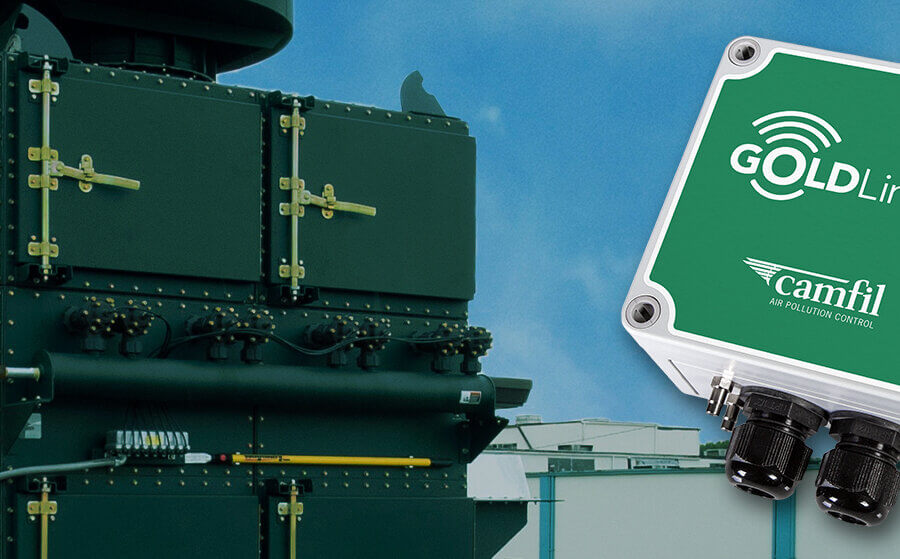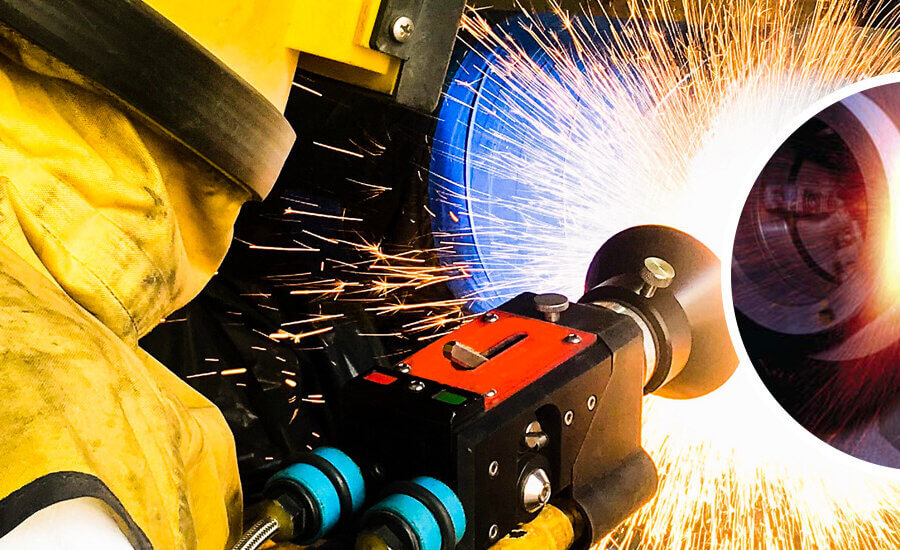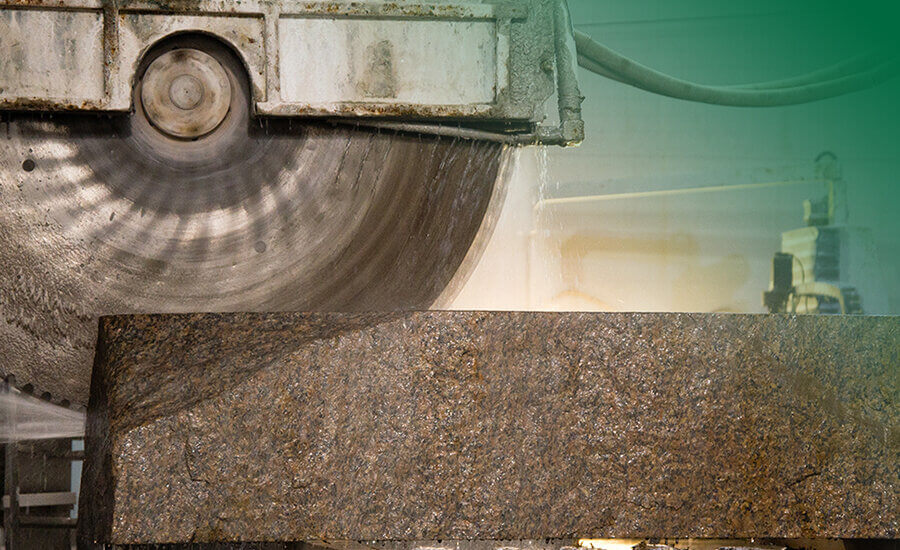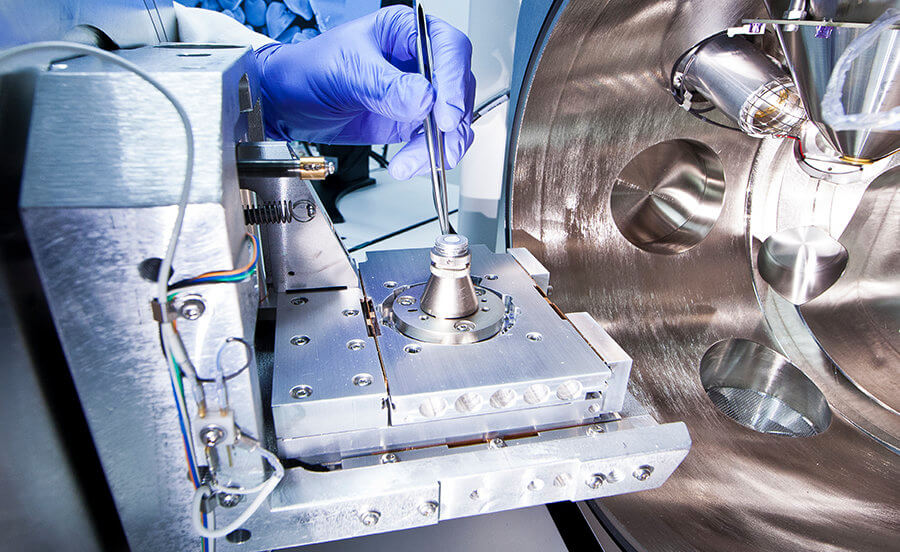Jul 14, 2022
We have added to our range of engineered solutions that help manufacturers improve safety and reduce operating expenses. It is always our top goal to provide healthier facility air, a cleaner work environment and a significantly reduced risk of combustible dust incid...
May 30, 2022
Hexavalent Chromium is a carcinogenic substance created from different welding and hot metalworking processes. This dust/fume can be very dangerous to employees.
What makes it dangerous, and what steps can you take to mitigate the risks? Read below to learn about...
Oct 29, 2021
Flour is a dust that seems innocuous on the surface. After all, could such a common household item really pose a threat to human health and safety? The answer is yes. Read on to learn about the hidden dangers of flour dust during milling and processing and how to pre...
Jul 30, 2021
There is no one-size-fits-all solution for dust safety and compliance. To truly and effectively mitigate process dust, you need to know your dust and understand how its characteristics affect dust collection and safety. In this blog series, we will explore some of th...
Feb 28, 2021
Dust testing is important regardless of how long you’ve been producing the same type of dust or the age of your dust collection system. You may think that you have an understanding of the type of dust produced during your operations, but changes in equipment, regulat...
Nov 17, 2020
Handling and milling grain, seed and feed are occupational hazards that expose workers to many serious and life-threatening situations. Dust-related dangers include allergies, respiratory injury, fire and explosion. Especially at risk are food and agricultural facili...





